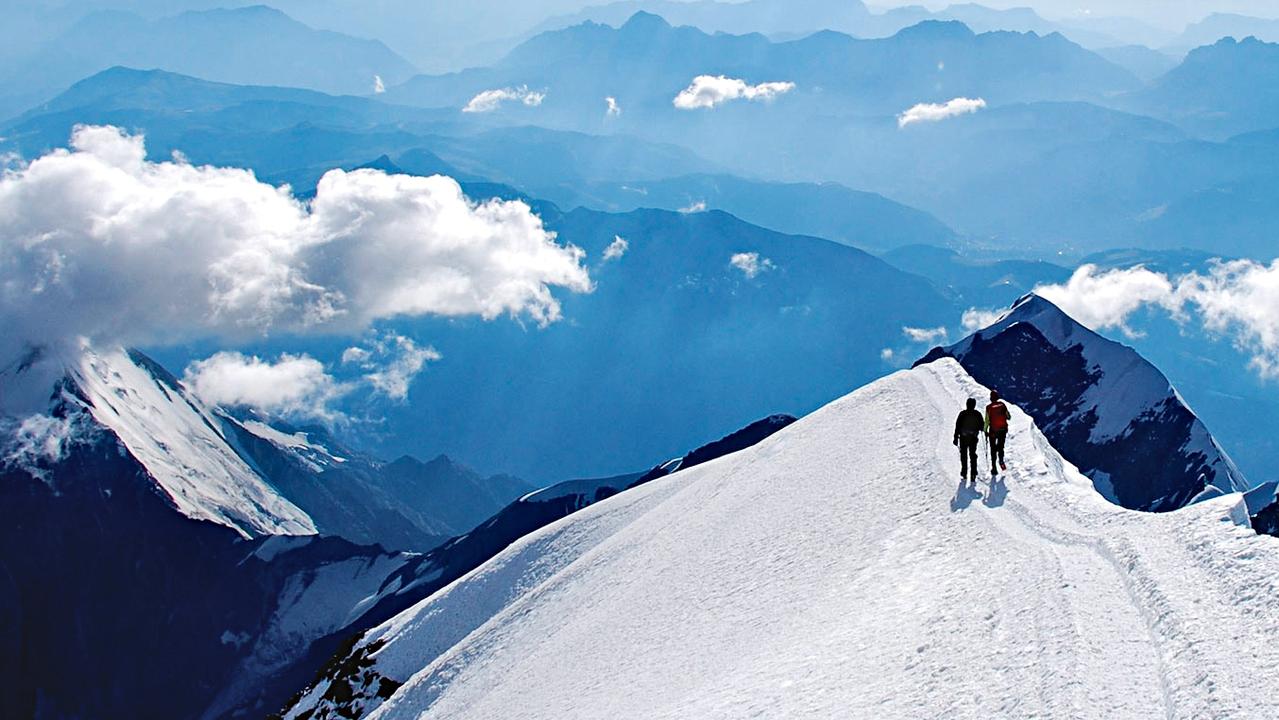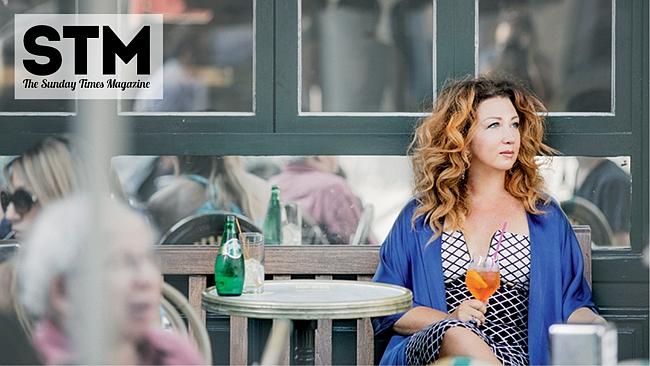Paradise in the midnight sun
THE air is crisp in Iceland, so fresh it feels alien. Like opening a fridge and drawing a long breath, writes Neil Dowling.

THERE'S a small dot on the map at a place called Hvammsvik which could, weather permitting, be close to paradise.
But Iceland is possibly a place where you'd never expect paradise.
Hvammsvik is a tiny settlement that exists on a spit protruding into Walfjord, close to where whaling stations once flourished.
Walfjord translates as Whale Fjord. Pretty obvious, really. Whaling is still a big industry in Iceland, but no longer so public.
Karl is cooking dinner at a diner on the edge of the stunning inlet. He is Icelandic and, surprisingly, has been to Australia "many times".
More surprises. He speaks perfect English. But in Iceland, you quickly get used to perfect English spoken with a British accent.
On the lake glides a 41ft yacht, its single female sailor a teacher from Essex who took extended leave to cruise from England's east coast via the rocky dots of the isolated Faroe Islands, then across to Iceland on the threshold of the Arctic Circle. Seems you can never escape tourists.
The air is crisp, so fresh it feels alien. Like opening a fridge and drawing a long breath.
The sky is a perfect blue, the clouds pure white and the mountains over the lake bright with green. The view remained as glorious until it was time to return to the hotel in the city, still bright and summery despite it being 11.15pm.
Welcome to Iceland in summer. Where the sun never sets and you soon wish for thick and snug-fitting curtains in the hotel room in downtown Reykjavik.
In the week I was there, the permanent daylight never sat comfortably with my body clock that had only recently adjusted to the time difference from Perth and the 20-odd hours of flight.
Once I was awakened by thin strips of light coming through the joins in the heavy curtains.
I didn't know I had slept so long. So up and dressed, a pause to look out on to the street. It was daytime, but there was no traffic or pedestrians, just a drab, pale-grey sky. It was 3am. Summer in Iceland.
It was also very cold, about 6C, though it was the wind that caught me out. Freezing, knife-like and relentless, it chased me all over the city on my two-hour walk around Iceland's capital.
Something else chased me. You apparently get used to it, but the tremors underfoot are daily reminders of how Iceland sits on unstable plates. There are up to 1200 earthquake tremors a day, sometimes large, sometimes barely felt, but always there.
Reykjavik is built on a gentle slope, with its latest church at the highest point. Its forecourt has a statue of Leif Eriksson, the Viking who was the apparent founder of Iceland and first European discoverer of America, which he called Vinland, more than 1000 years ago.
Pitch black in winter, bright around the clock throughout summer, and an interpretation of these extremes in autumn and spring, Iceland's attraction remains fishing and the enticing tourism lures of volcanic springs and geysers.
Strung halfway between North America and Europe, it is a centre for banking, IT, financial services and computing. The waterfalls provides hydro-electricity, while geothermal power comes from the volcanic activity.
All homes in Reykjavik are plumbed to accept the near-boiling water from these volcanoes, so each house has natural central heating. The roads and sidewalks in the city are similarly plumbed, so there's no snow and ice build-up in winter.
The energy from beneath the sometimes rugged, lava-coated surface is also used in the smelting of bauxite to aluminium. Other than that, a fair degree of fishing and some sheep farming, Iceland is highly dependent on imports.
Which accounts for its expensive tastes, such as petrol at $3.30 a litre, hotel prices about double those in Perth and high fresh-food prices.
Iceland is expensive, even for Icelanders.
Which made the little hotdog stand outside my hotel window very popular with the locals. Well, I guess you'd get sick of raw herring after a few years. Or rotten stingray and shark – literally, rotten and putrid, but edible by some.
Try puffin – yes, the cute red-billed seabird – on rye and it's like a strip of beef that's been marinated with fish oil.
Better is the salmon, the lamb and the cod.
Beer is Viking, which is a Danish-style brewed in Reykjavik, or there's schnapps to warm your insides. Alcohol, incidentally, was legalised in 1989 after 74 years of prohibition.
Driving in Iceland is the best way to see things you will never see again. Be aware that they drive on the right-hand side of the road, there is a zero blood-alcohol limit, the top speed in the city is 50km/h and country limits are 90km/h on bitumen and 80km/h on the predominantly dirt roads. Headlights must always be on.
Hire cars are plentiful and a suggested route would include Langjokull glacier, a drive around the edge of the Walfjord, a coastal run east to Vik, the Pingvellir national park and Pingvallavatn lake. A dip in the hot springs in Blue Lagoon is also a must.
Iceland deals in the Icelandic kroner, which is about 40 to the Australian dollar.
The nightlife – or should that be daylife – is extraordinary, as hip as London and with trendy venues.
The country has a population of 300,000, with the majority in the capital. Unemployment is 2.8 per cent and the economy is growing at about 4 per cent a year.
Iceland is as unusual as its isolation suggests. Even people's names are different, with tradition decreeing that the child's surname is taken from the father's Christian name (or mother's name in some cases). The suffix "sson" is added for a boy and "dottir" for a girl.
The Sunday Times



